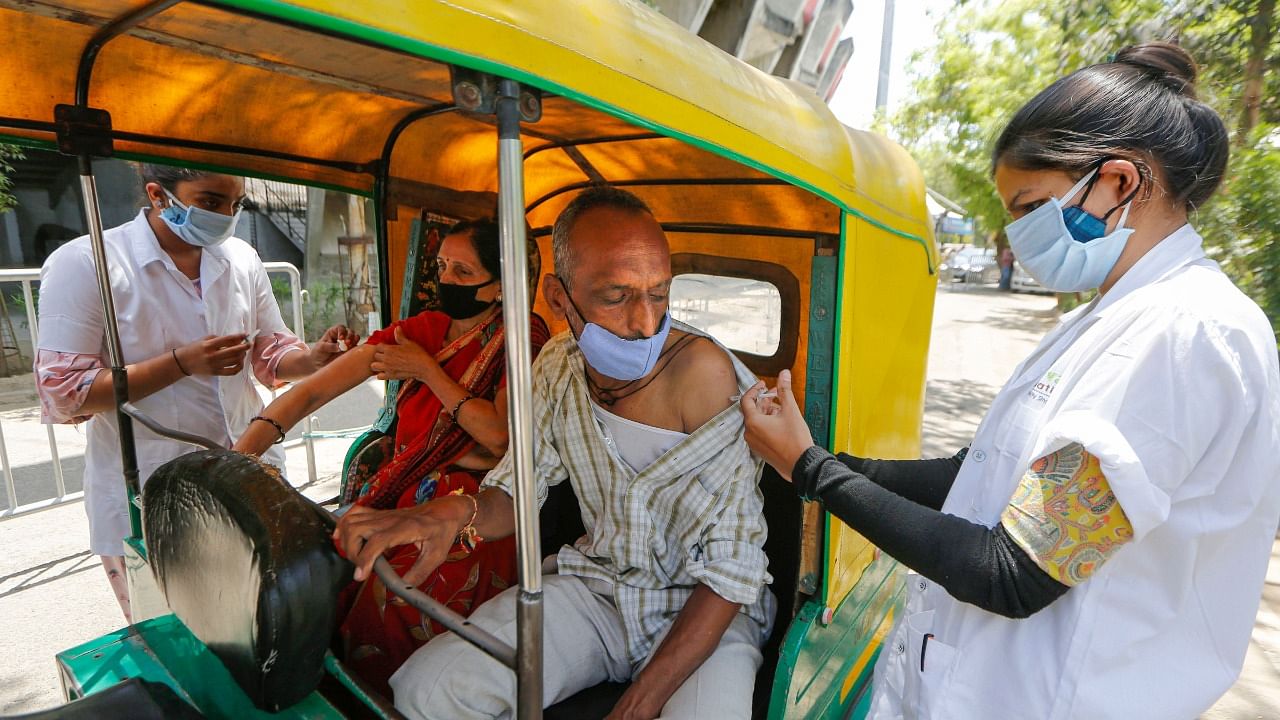
On May 1, within two months of delivering the first dose of vaccine to the elderly, India launched the third phase of its Covid-19 vaccination programme, by opening it to everyone more than 18 years of age. Under normal circumstances, this would be viewed as a sign of a strong response from the government. However, the second wave is raging across the country, several states stocked out of vaccines, and only about 2% of the entire population and less than 10% of the elderly (>60 years) were fully vaccinated as of April 30.
The liberalised phase 3 strategy, announced on April 19, rests on three main pillars: (i) creating a separate (non-GoI) channel for states and private hospitals to procure 50% of the total supply, (ii) allowing price differentiation by manufacturers across the two channels, and (iii) expanding eligibility for vaccination to everyone below 18 years in the non-GOI channel. The premise of this approach is it will: (i) unleash the latent demand in the younger population, and (ii) expand supply through provision of financial incentives to manufacturers.
Despite the enhanced incentives in the non-GOI channel, supply may not expand in the short term due to constraints in raw material and production capacity. Our analysis indicates that the high vaccination rate seen in the first week of April among the priority segment cannot be maintained with the projected vaccine supply rate until at least the end of July, let alone cater to the demand from the younger population.
Vaccination slots are limited by supply, and opening vaccination for the younger segment will impose negative externalities on the elderly by crowding out available slots. Access barriers for online registration and appointment booking are far lower for the younger population than the elderly, as seen from the several million registrations recorded on COWIN portal within first few hours on April 28. Elderly patients who attempt a walk-in registration may be discouraged by long queues and associated higher risk of transmission and may decide to return unvaccinated. The crowding out will be even higher for those who cannot afford the higher prices in the private sector.
Read | India's vaccine debacle
The immediate policy goal should be to maximise public health benefit (e.g., reduced morbidity, hospitalisations, mortality) from the limited vaccine supply and not merely to maximise the total vaccinations. Toward this goal, each additional dose must be delivered so as to maximise its marginal benefit. Global evidence thus far suggests that irrespective of the virus variant, each unvaccinated elderly person faces a higher chance of experiencing serious illness if infected compared to each unvaccinated young adult. Furthermore, each hospitalisation of a seriously ill elderly person causes a greater strain on the health system due to existing co-morbidities and age-related complications. Finally, the seriously ill elderly patient also imposes a huge economic burden as immediate family members spend time and providing care resulting in lost productivity.
With help from civil society organizations, governments must ramp up efforts to mobilise demand among the elderly. In addition to frontline workers (e.g., ASHAs/ANMs) who do this for routine immunisation, they should invest in aggressive and focused social media campaigns targeted at the immediate and extended family members. These campaigns must go beyond the goal of changing attitudes (for example, vaccine hesitancy) and trigger actual action by helping overcome access and information barriers.
Although it is not possible to roll back expanded eligibility, states should devise guidelines that track coverage among the elderly, set daily/weekly targets for the age-mix of patients to be vaccinated and use these to achieve a preferential allocation of appointments to the elderly. If demand from the elderly continues to be low, slots can be opened for other segments dynamically, for example, at the end of the day, to ensure that vaccine supply is not wasted. On a tactical level, mixing of younger and elderly segments should be minimised as the former is likely to comprise more asymptomatic individuals unaware of their status, who may inadvertently transmit the disease at crowded vaccination centres. Data from COWIN portal for all registrations and vaccinations provide the government visibility to feasibly implement such guidelines and monitor compliance to them.
(The writers are from a healthcare management institution)